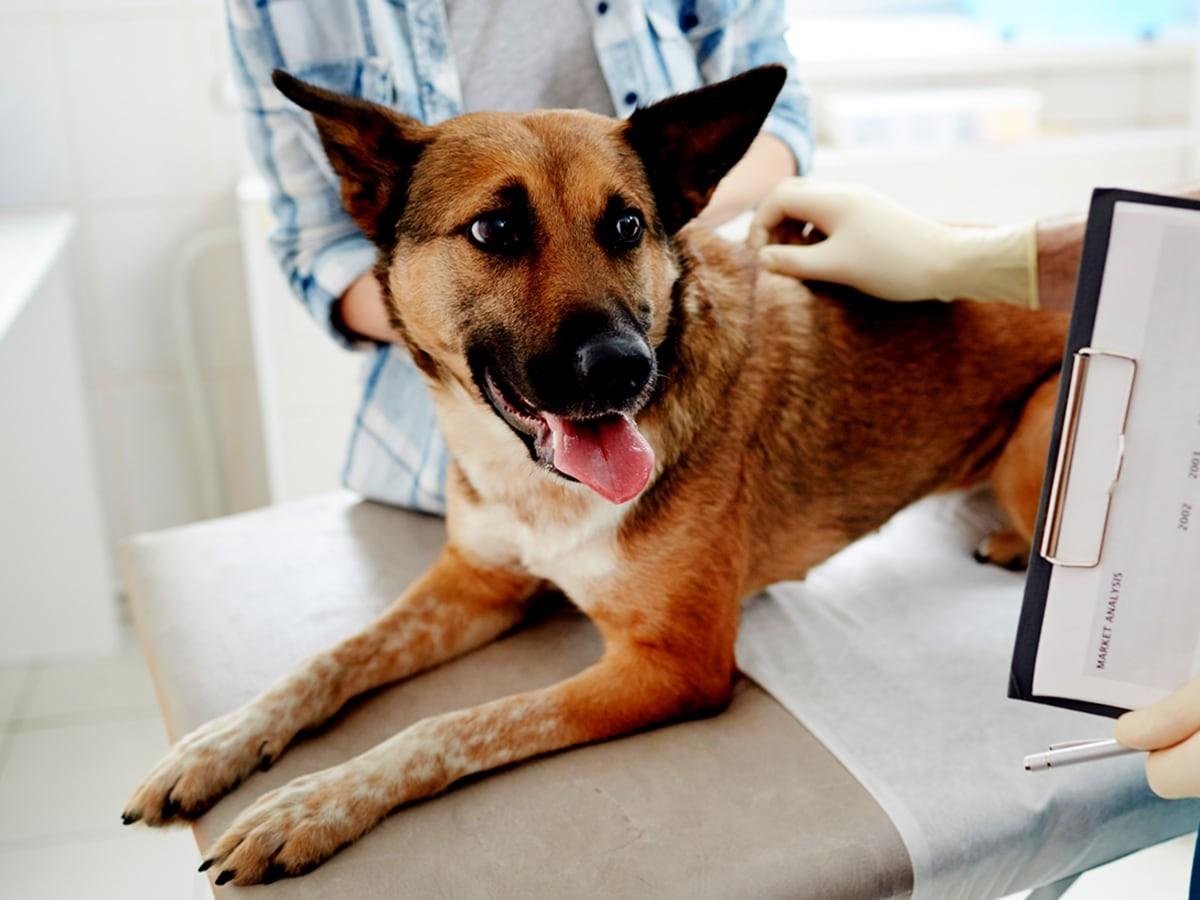Mast cell tumors (MCTs) are the most prevalent type of skin cancer in dogs, affecting one out of every five dogs. These tumors, originating from mast cells (a type of white blood cell), can be found anywhere on the body but most commonly appear as skin nodules. Although treatable, understanding MCTs is crucial for early detection and effective management.
Understanding Mast Cell Tumors
Mast cells play a crucial role in the immune system, particularly in allergic responses. However, when they become cancerous, they form mast cell tumors. These tumors can vary in appearance and behavior, making them a challenge to diagnose and treat.
Causes and Risk Factors
Genetic Predisposition: While the exact cause remains unknown, certain breeds like Boxers, Bulldogs, and Golden Retrievers have a higher incidence.
Genetic Mutations: Specific mutations affecting cell growth and division have been linked to MCT development.
Age: Older dogs are more commonly affected, with an average age of 8-9 years.
Recognizing Mast Cell Tumors
MCTs are notoriously unpredictable in their appearance, often mimicking other skin conditions. Look out for:
Skin Nodules: Raised lumps or bumps on or under the skin.
Changes in Existing Lumps: Sudden growth, redness, swelling, or ulceration of an existing lump.
Fluctuating Size: MCTs can change in size, even daily, due to the release of histamine.
Systemic Signs: In rare cases, MCTs can spread internally, causing vomiting, lethargy, or even anaphylaxis.
Read more: How Much Does it Cost to X-Ray a Dog?
Diagnosis & Grading
Fine Needle Aspiration (FNA): A quick and minimally invasive procedure where a sample of cells is collected for microscopic examination.
Biopsy: A surgical removal of a tissue sample for a more definitive diagnosis and grading.
Grading System: MCTs are graded I-III based on their aggressiveness, with Grade III being the most likely to spread.
Treatment Options
Surgery: The primary treatment for most MCTs, especially low-grade ones. Wide surgical excision aims to remove the entire tumor and some surrounding tissue.
Radiation Therapy: This may be used for incompletely removed tumors or those in difficult-to-operate locations.
Chemotherapy: Often recommended for high-grade tumors or those that have spread.
Targeted Therapy: Newer drugs are being developed to target specific proteins involved in MCT growth.
Prognosis
The prognosis varies depending on the grade of the tumor, its location, and whether it has spread. Early detection and treatment significantly improve the chances of a positive outcome.
How long can dogs live with mast cell tumors?
The life expectancy of a dog with a mast cell tumor is highly variable and depends primarily on the tumor's grade and stage1.
Low-Grade Tumors (Grade I): With complete surgical removal, the prognosis is excellent, with nearly 95% of dogs experiencing long-term survival1.
High-Grade Tumors (Grade III): The prognosis is more guarded, with a median survival time of around 108 days and a one-year survival rate of only 16%1.
What are the symptoms of mast cell cancer in dogs?
The symptoms of mast cell cancer can vary depending on the location and grade of the tumor5.
Skin Tumors: May present as a single or multiple lumps or bumps, which can be red, swollen, or ulcerated. They may also change in size or itch5.
Systemic Signs: Less commonly, dogs may exhibit vomiting, diarrhea, lethargy, or loss of appetite due to the release of histamine from the tumor5.
What breeds are prone to mast cell tumors?
While any dog can develop MCTs, certain breeds are more predisposed, including3:
Brachycephalic Breeds: Boxers, Boston Terriers, Pugs, and Bulldogs
Other Breeds: Golden Retrievers, Labrador Retrievers, Cocker Spaniels, Schnauzers, and more.
Important Considerations
Avoid Manipulation: Don't touch or squeeze the tumor, as this can trigger the release of histamine and cause discomfort or complications.
Prevent Scratching: Use an Elizabethan collar to prevent your dog from licking or scratching the tumor.
Veterinary Oncologist: For complex cases or high-grade tumors, consult a veterinary oncologist for specialized care.
In Conclusion
While mast cell tumors are a common concern, early detection and appropriate treatment can make a significant difference. Be vigilant for any skin changes in your dog, and seek veterinary advice promptly for any suspicious lumps or bumps.
About the author
This blog was medically reviewed by a DVM from Eagle Glen Veterinary Clinic based in LA. Eagle Glen Veterinary Clinic has been serving pets in the LA community since 1988! The vets and technicians have a passion for pet care and the skill to give excellent service! Visit https://www.instagram.com/eagleglen.vc/ or https://eagleglenvets.com/index.cfm for more.

With 10 years of experience as a pet parent, I aim to empower pet owners with insights into pet insurance and maintaining their pet's well-being. I aspire to be a trusted source, combining knowledge with a commitment to the welfare of our beloved pets.

Eagle Glen Veterinary Clinic has been serving pets in LA since 1988! The vets and technicians have a passion for pet care and the skill to give excellent service! Visit https://www.instagram.com/eagleglen.vc/ or https://eagleglenvets.com/index.cfm for more.
Kim, S., & Matsuyama, A. (2022). Canine mast cell tumors: When to worry about aggressive behavior pre-surgically. In The Canadian veterinary journal (Vol. 63, Issue 12, pp. 1261–1263). https://www.ncbi.nlm.nih.gov/pmc/articles/PMC9648486/
Mast Cell Tumors in Dogs. (n.d.-a). In Vca. Retrieved August 22, 2024, from https://vcahospitals.com/know-your-pet/mast-cell-tumors-in-dogs
Mast Cell Tumors in Dogs. (n.d.-b). In Mast Cell Tumors in Dogs. Ryan Veterinary Hospital of the Univeristy of Pennsylvania. Retrieved August 22, 2024, from https://www.vet.upenn.edu/docs/default-source/ryan/oncology-handouts/final-canine-mct.pdf
Mast Cell Tumors in Dogs & Cats. (2021). In Symptoms and Treatment. https://www.embracepetinsurance.com/health/mast-cell-tumor
Medical Oncology: Mast Cell Tumors in Dogs. (n.d.). In Veterinary Hospital. Retrieved August 22, 2024, from https://hospital.cvm.ncsu.edu/services/small-animals/cancer-oncology/oncology/mast-cell-tumors/












